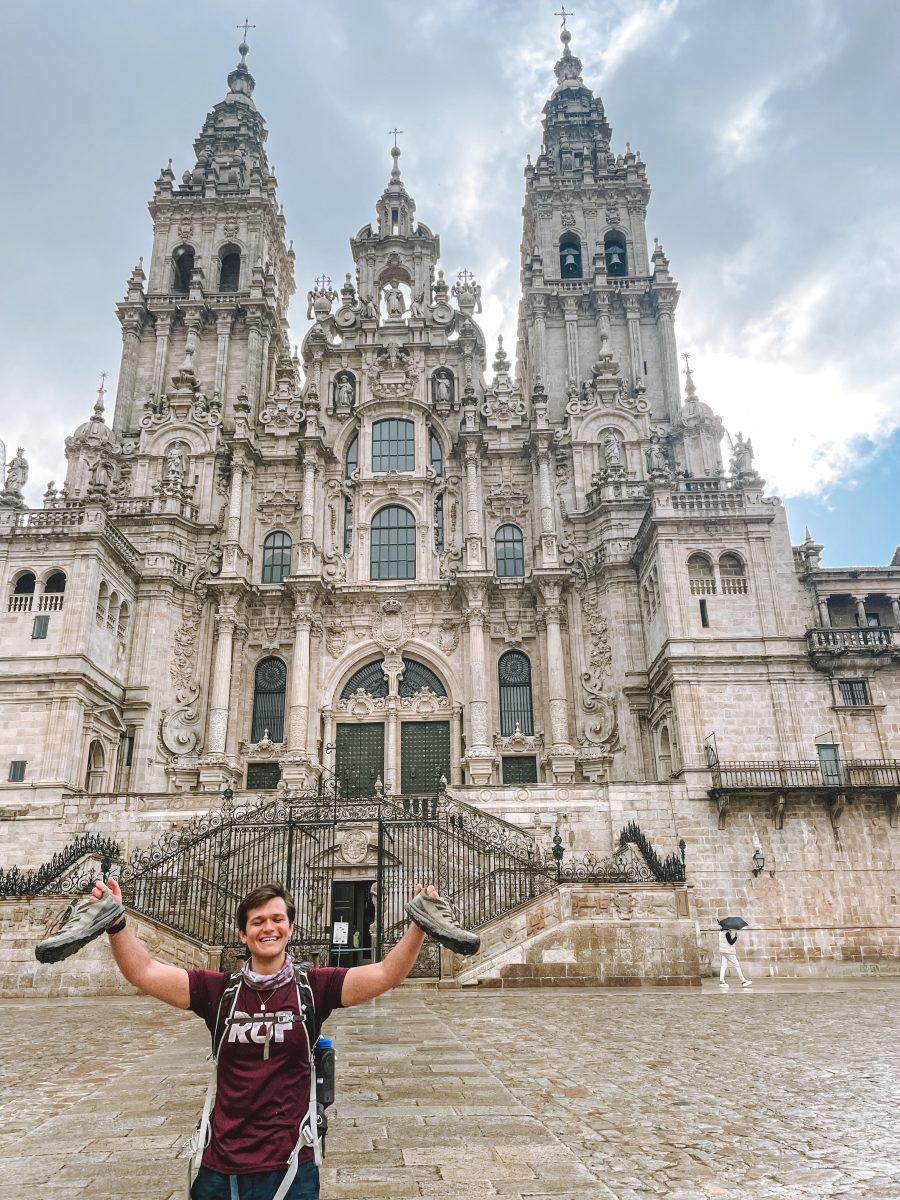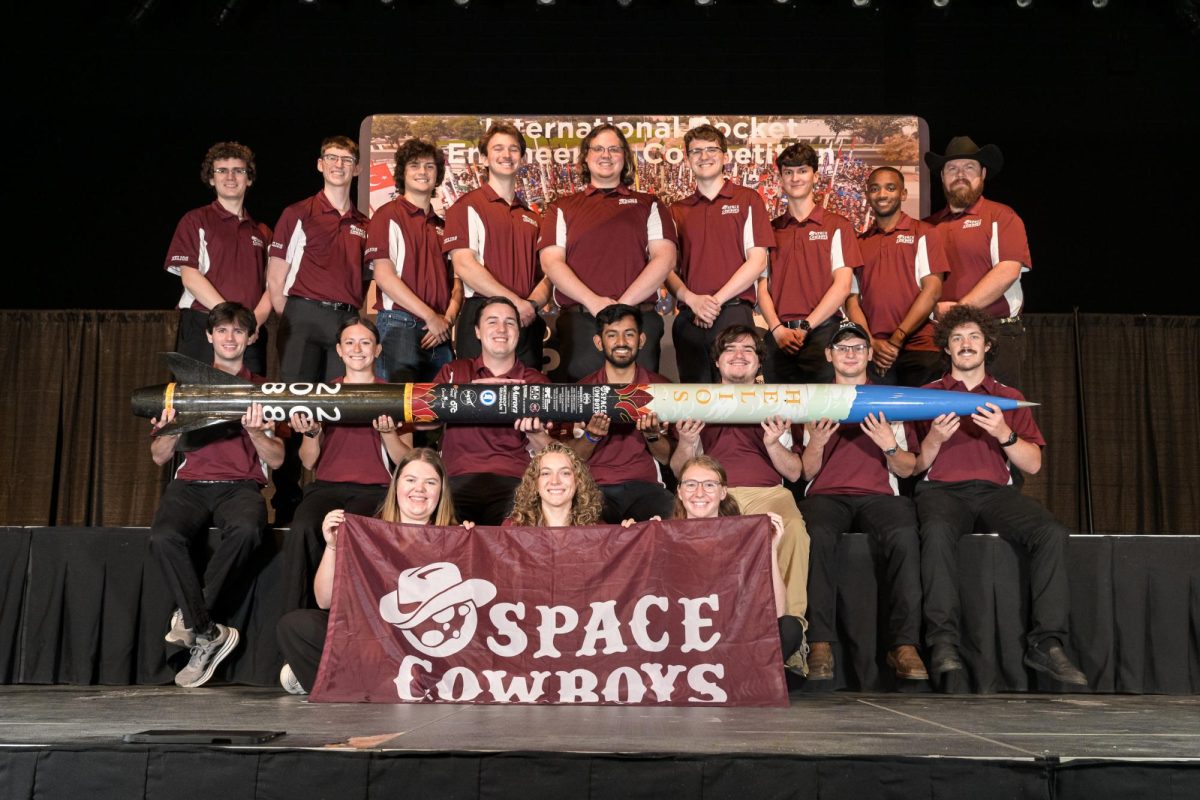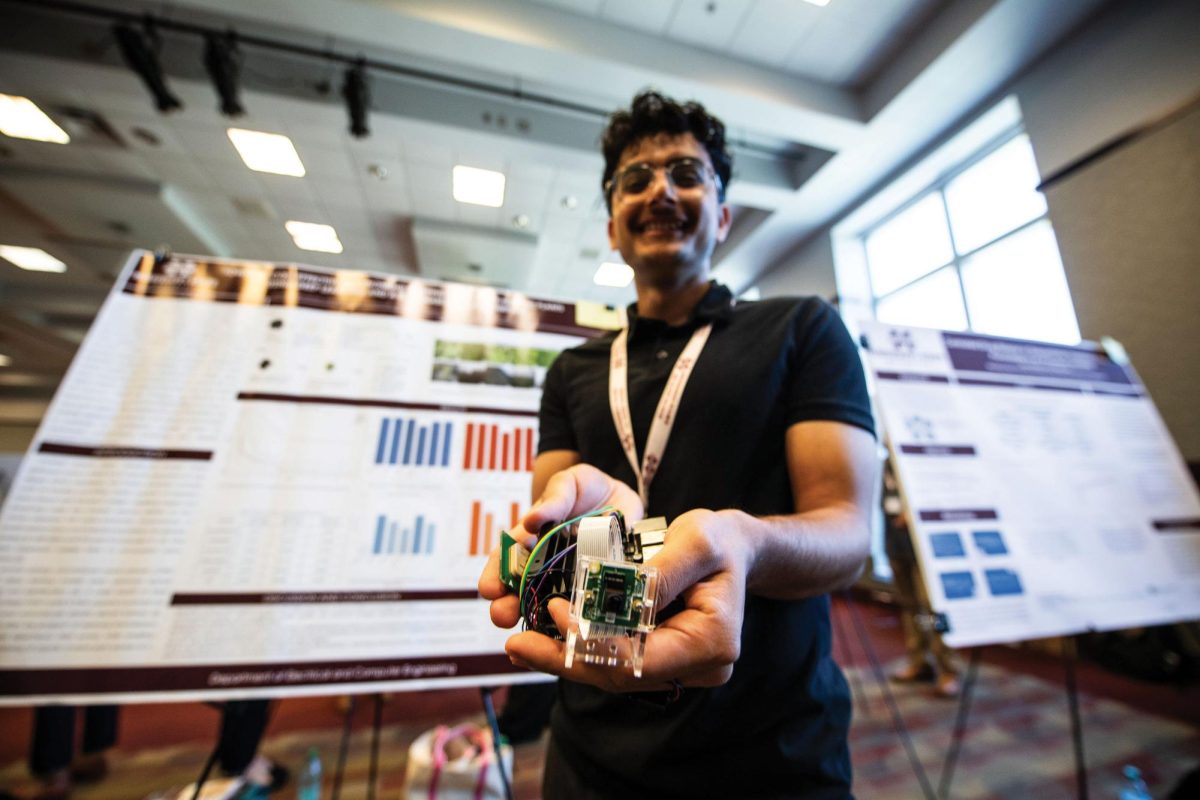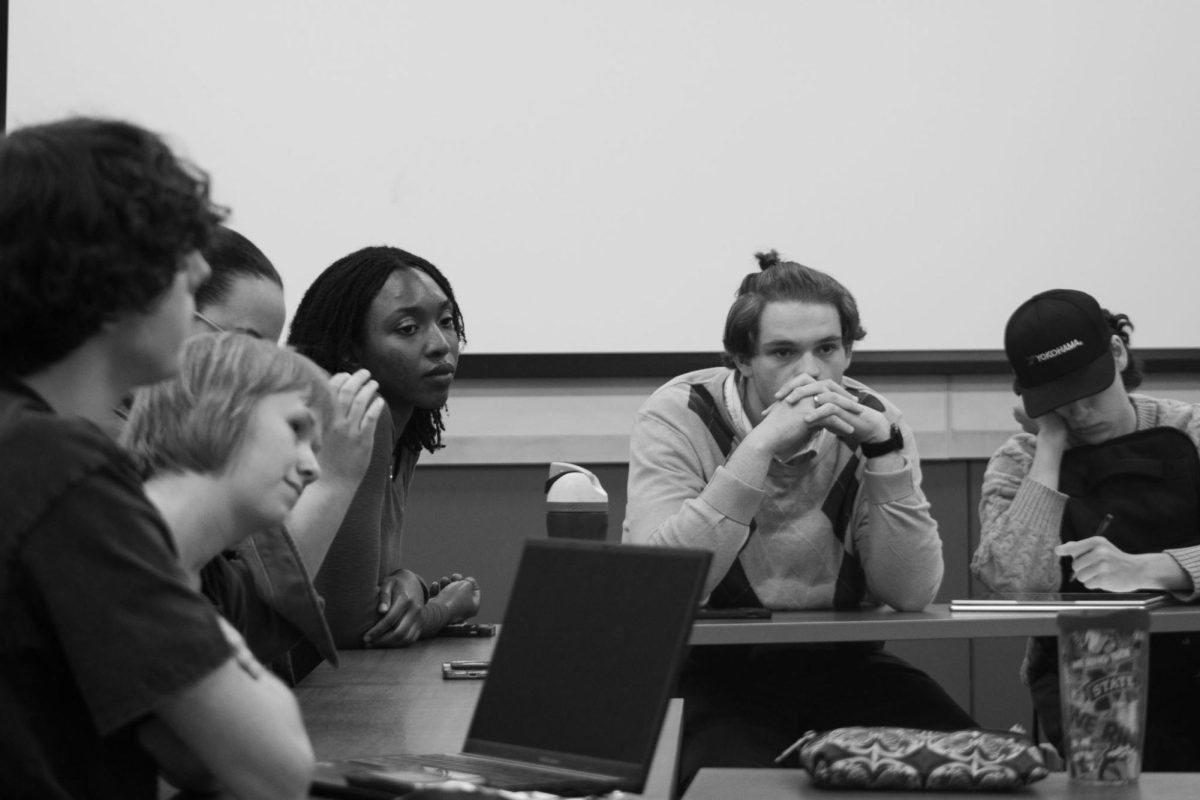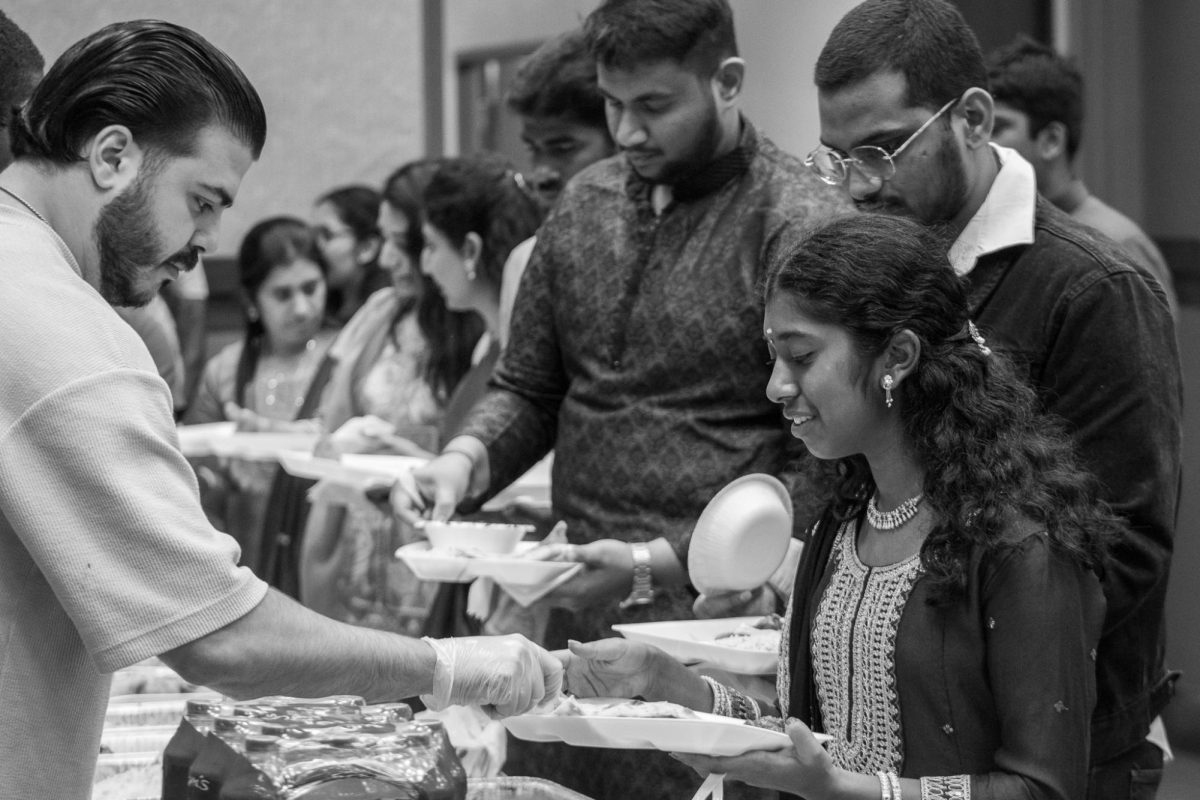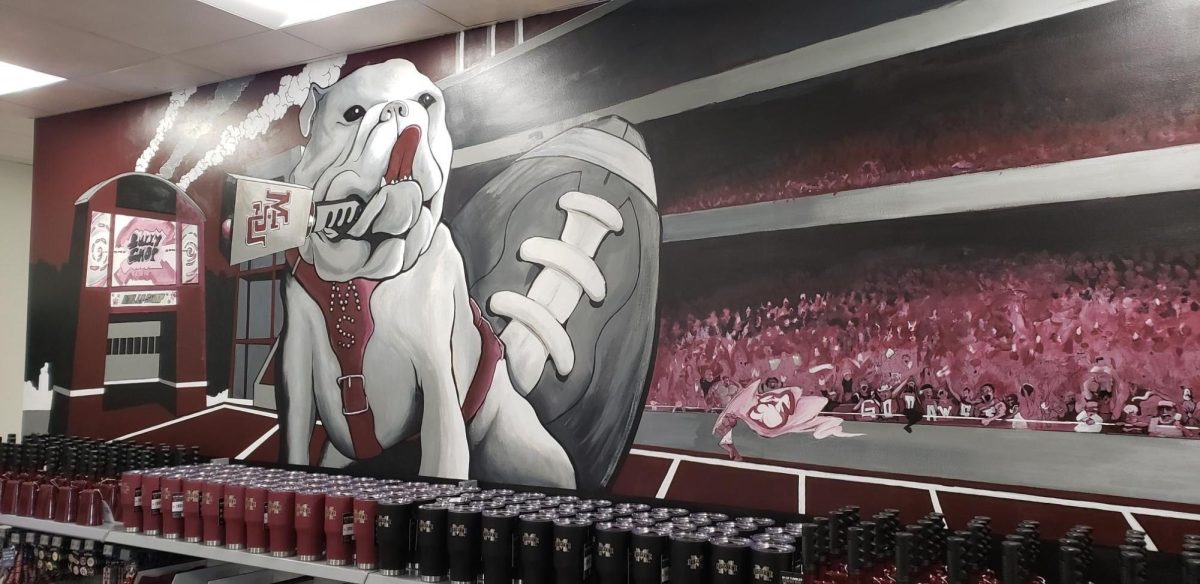The dark blues of dusk began to melt into the mountainsides of Roncesvalles, Spain. Soft yellow streetlight stretched across brick — brick led into an ashen monastery — its sun-bleached facade betraying a hint of its age.
Early the next morning, the mountains lay unseen against a black sky. The chatter of foreign tongues clashed with the Gregorian chants droning out of loudspeakers. Daniel Dye, one of many pilgrims who crowded the halls, was planted before a buzzing vending machine, his legs locked in a cramp.
Dye stuffed euros inside the machine, eager for a meal. Yogurt rolled out, but Dye had no spoon. He walked away from the monastery and stared into the cool darkness, eating yogurt with his hands. Ahead, Dye saw 490 miles — about a month of walking.
“How am I going to do this?” Dye said.
Dye had always lived his life according to a plan, but by his journey’s end, he learned to embrace the uncertainty of his future.
Living up in Meridian, Mississippi, Dye grew up with an appreciation for nature. With his father and grandfather, he fished, he hunted, he hiked. Dye did anything he could to be outside.
His parents were both college graduates — English majors — and exposed Dye to literature, as well as made plans for him to attend college. Dye’s connection to animals led him to Mississippi State University’s Early Entry Program for veterinary medicine as a biological sciences major.
During his sophomore year, Dye’s interest in literature led him to MSU’s student newspaper, The Reflector, where he worked as a news writer and photographer. His photography editor, Georgia Hamilton, encouraged Dye to apply for the news editor position.
“He’s a great guy; he worked really hard and put his whole heart and soul into everything he did,” Hamilton said. “[He’s] extremely reliable. I could always count on him.”
Dye said what he learned at The Reflector reverberates through his life and taught him how to put his best work forward.
“It showed me the importance of branching out and really exploring the place where you’re settling, in this case, Mississippi State University,” Dye said. “It showed me the value of people’s stories — everyone has something they can add that’s valuable. It taught me a lot about organization and stress management because things aren’t always handed to you — it’s not always very easy.”
Luke Thomas, a childhood friend of Dye, knows Dye as a man of patience and as a man of plans.
“He’s always the one with a plan, and he’s one of those people that make it happen for people,” Thomas said.
One morning at 3 a.m., Thomas woke up to one of Dye’s plans. Thomas was a little fuzzy on the details, but he did not hesitate to make the 22-hour drive to the Grand Canyon.
Over the next 10 days, they kicked up dust across the Southwest, camping and hiking various national parks. A highlight was Bright Angel Trail, a 15-mile path straight down into the Grand Canyon and back.
The blistering sun baked the walls of the chasm with its dry gaze. The Colorado River snaked underneath, past chiseled mounds of rust-red that faded into shadowed, dusty pinks. A park ranger approached them, an umbrella shielding his head, warning them that it was the hottest day of the year. At the bottom of the Grand Canyon, Dye and Thomas lay under gnarled trees — the temperature read 140.
“There’s no need to check him because he’s got a plan, it’s in his head, and you just trust him with that,” Thomas said. “He always comes through. He’s so flexible and willing to endure any obstacle that comes his way.”
Thomas and Dye discussed countless possible adventures, but one stood out — the Camino de Santiago.
The Camino de Santiago, also known as the Way of St. James, is a network of pilgrimage routes that lead to the Cathedral de Santiago de Compostela in northwestern Spain, where it is said that the remains of Saint James the Elder, Jesus’s apostle, lie. The route has existed for well over a millennium, and during the medieval period, only traveling such a pilgrimage could free someone from penance due to sins.
Dye and Thomas tried desperately to attend the trip together, but Thomas could not find the time and encouraged Dye to attend on his own.
Dye graduated from MSU in December 2021 with a spot in vet school already secured. He planned to have one semester off to work, travel and consider his future. In March, he flew to Spain to start the Camino.
“I went to Spain with a lot to think about and a lot to decide upon,” Dye said.
Dye left Roncesvalles and began his trek up and down the foothills of the Pyrenees mountains, the occasional patch of pale stones broke the rolling green carpet.
On Day Three, Dye arrived in Pamplona — the bustling metropolis was in stark contrast to the rural mountain villages he had encountered so far. He stayed in a pilgrim’s hostel in the city center, where classical buildings walled in the cobblestone square.
Dye met with fellow pilgrims, some from the UK, Sweden, Italy and Germany — and one from Mike, Michigan. They went out for drinks and tapas — Spanish bar food that can range from olives and cheese to fried squid — and saw the Plaza de Toros de Pamplona, the famous bullfighting ring.
In the days after Pamplona, Dye bounced from rural villages, crossing through farmland and vineyards to the next hostel, where he saw the same familiar faces. Some days he walked alone, and others with his fellow pilgrims.
Every morning, he taped up his legs and feet to help combat leg pain — upon hearing someone was in pain, a fellow pilgrim donated him topical Ibuprofen, and a woman anointed his knee in holy water. Dye began to leave unnecessary items behind to lose weight — even a brand-new pair of Chacos.
“It’s kind of physically getting rid of waste, but then also, that’s what I was doing throughout my attempt, kind of thinking about my life like, ‘What really matters to me? Where do I really want to go after? What unnecessary stuff am I carrying with me?’” Dye said.
Dye arrived in Burgos, another large city distinguished by its medieval architecture. The sand-colored spires of the Cathedral of Saint Mary pierced an uninterrupted expanse of blue. Here, the foothills of the Pyrenees finally faded into a flat plateau of farmland.
For the next two weeks, Dye followed trails of dusty gravel in a lush sea of green — the only shade was the occasional rolling shadow of a white tuft overhead.
“It was at this time, there was a lot of time to think. It’s all you can do — you’re just walking,” Dye said. “And I found a lot of peace with myself and whatever path was in store for me.”
It was here that Dye realized veterinary school, what he had been working toward for years, was not in his future.
“I know I’m uncomfortable leaving this plan behind; I know I’m uncomfortable with how I feel currently, but I know it’s going to work out the way it’s supposed to. And I know that if there’s something else I really want to do, I should be able to do that,” Dye said. “I should go at it with confidence.”
Eventually, the city of León grew on the horizon, putting Dye 150 miles — 11 days — from the finish line. He arrived April 13, just in time for Holy Week, an Easter tradition. Thousands of attendees experience an array of religious processions over 10 days. Hooded figures shoulder ornately decorated floats depicting significant religious events, such as the crucifixion of Christ as brass blares and percussion thunders.
Wednesday night, Dye walked near the city center, down a road lined with bars and shops. Moonlight beamed onto the heads of countless people, onto people watching from off their balconies and onto a float depicting Jesus carrying the cross. Dye said that although he could not speak Spanish, he could understand them.
“There’s all these people in the streets but everyone’s just … pretty quiet. Everybody was just taking it in — the music was so powerful — and I remember being very happy to be in that moment,” Dye said.
Dye woke up on Easter to begin his journey into the Montes de León, part of the Cantabrian Mountain Range. Unlike the rest of Spain, this region proved rainy. Dye walked through a cool mist into villages of mossy cobblestone.
Soon Dye came across the Iron Cross — a telephone pole surrounded by loose stones, capped with an iron cross. These stones come from faraway places — people leave a piece of themselves here.
Pilgrims that travel at least 100 kilometers (62 miles) of the pilgrimage are entitled to a Compostela, a certificate of the pilgrimage’s completion. As Dye neared Santiago, the trails filled with hundreds of pilgrims.
One German pilgrim told Dye of the tradition to remove your shoes and walk the last of the journey barefoot at the first sight of the Cathedral de Santiago de Compostela. A kilometer away, Dye removed his shoes.
His feet touched warm stone as he passed through a brick tunnel, which then opened to a view of the cathedral, its design influenced by the architectural styles of centuries past. Two spires rise into bell towers, while elaborate cornices wrap the entry facade, depicting images of religious significance: things like angels and souls of the blessed.
Inside, a seated figure of St. James presides over the altar. Above, angels hold an ornate golden canopy depicting the apostle on horseback, surrounded by Spanish kings. The altar is surrounded by 36 columns, gilded with gold grapes and leaves. That day, Dye was around the 200th person to arrive out of over 1,000.
“It’s hard to really put into words the joy that you feel having completed that, even at the moment, there’s this kind of disbelief. In your mind, you can say, ‘I walked this day, this much, and I walked this day, this much.’ But then when you’re putting it together, you’re saying, ‘I walked 500 miles this month to get to this point,’” Dye said. “I crossed a country. It doesn’t make sense.”
Dye received his Compostela — his pack weighed 14 pounds. He spent a week on the island of La Palma, in the Canary Islands. Dark, sheer cliffs dropped off into the Atlantic — here, Dye reflected on his journey and prepared for a return to normalcy.
“At the end of the day, every day, I had somewhere to sleep, and I had food to eat, and I had people to be with, and that’s such a blessing. And it’s something that was constant and in my face, always — and so, coming back, I told my parents, ‘I don’t want to go to vet school. I don’t really have a great plan B, but I know it’s going to work out,’” Dye said.
Today, Dye is enjoying a gap year in Cody, Wyoming, involved in a service year program. Dye works with a church to help the local community. Dye said he’s taking a breather and considering some options — in -15-degree weather.
“I want to get further education in biology and try to pursue a career in that,” Dye said. “I don’t really know what that looks like yet, but I know that it’ll work out the way it’s supposed to.”
MSU alumnus travels for clarity along Camino de Santiago
About the Contributor
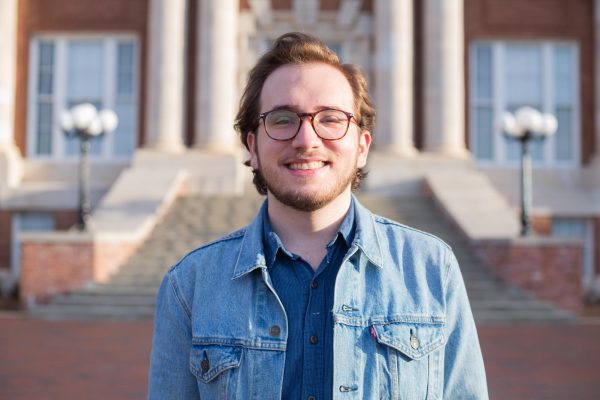
Samuel Hughes, Former News Editor
Samuel Hughes served as the News Editor from 2023 to 2024.
0
Donate to The Reflector
Your donation will support the student journalists of Mississippi State University. Your contribution will allow us to purchase equipment and cover our annual website hosting costs.
More to Discover


